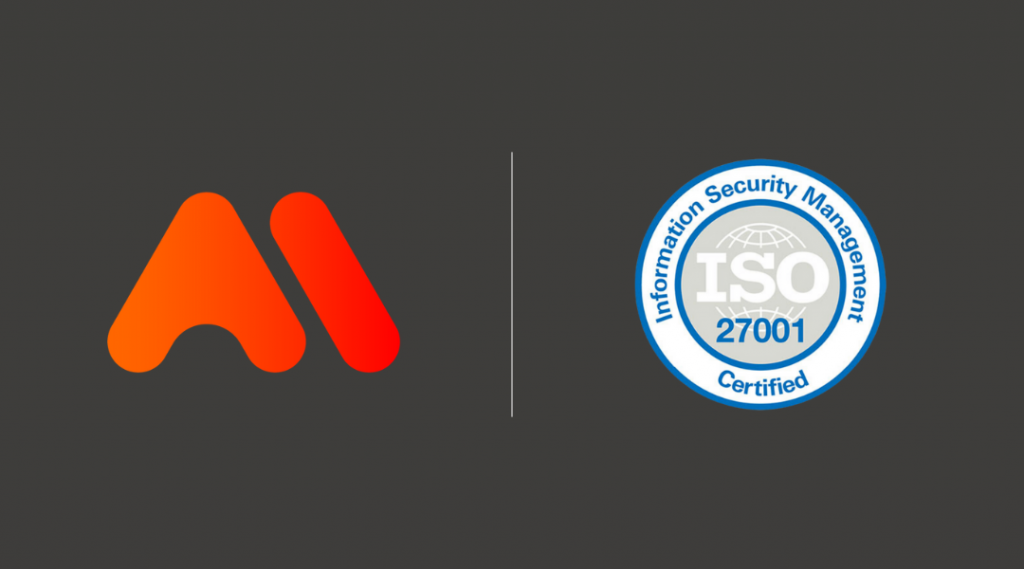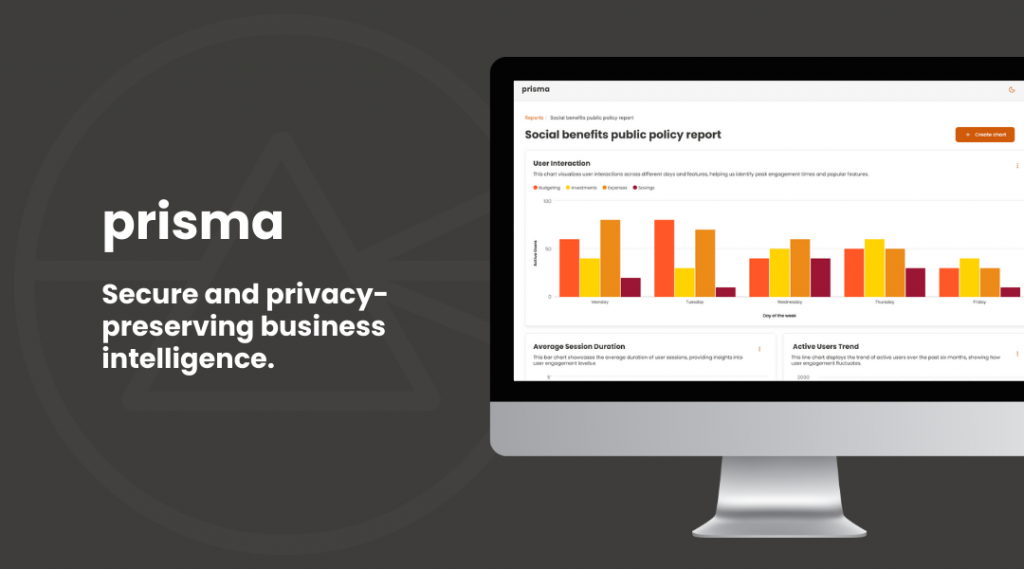Business intelligence (BI) can be described as a series of technologies, procedures and tools used for collecting data from multiple data sources. This data is then processed, visualized and acted on in such a way that organizations and individuals are supported to make better decisions and improve the efficiency of their operations. That includes methods and tools for data mining, data preparation, data analytics, querying, reporting and data visualization, among others. How this entire process materializes is often sensitive to specific industries, verticals and the size of the organizations involved.
Not so long ago, despite its undisputable importance, BI was for the few. BI tools with seven- or eight-figure licenses, onerous infrastructure requirements, significantly long processing times and highly complex user interfaces and functionalities are just a few examples of why only a select audience could meaningfully benefit from BI to the full extent.
This has been changing, slowly but surely, over the past few years as more and more people are interested in obtaining more data more quickly and taking the most advantage of it to improve the understanding of their businesses, make better decisions, identify new opportunities, reduce risks and respond faster to incidents—all of which leads to more confidence, overall better results and peace of mind.
For example, online personal styling service Stich Fix has been using BI to personalize recommendations for customers, and Uber used BI to synthesize its plethora of data to build a platform. We also can see BI at work in the travel industry to streamline hospitality services and improve customer satisfaction, home improvement companies using it to benchmark customer activity online and in-store for better product assortment and streaming services embracing it to analyze viewers’ preferences for increasing engagement.
In addition to more accessible BI tools in terms of costs and complexity levels, education plays a critical role in changing the landscape of BI adoption worldwide. More than a catchy marketing statement, “BI for everyone” is a trend that is here to stay and will only grow in the coming years. Moreover, “BI for everything” seems to be equally inevitable. We can all agree that data is everywhere and should be BI.
Many organizations are taking BI-related education seriously by creating training resources and encouraging their employees to learn skills that will allow them to improve their work by taking advantage of strategic data. Companies like Procter & Gamble are known to provide support for continuous professional education in all things business, including data literacy. Accenture, Deloitte and Microsoft provide employees aspiring to grow their BI capabilities with extensive learning resources through Accenture Academy, Deloitte University and Enterprise Skills Initiative, respectively. And virtually any employee for any organization can take advantage of the BI track at LinkedIn Learning.
Discussions around questions such as “What is a data source?” should be encouraged among teams of all sizes and backgrounds. Such an initiative can be seen as part of an education effort that will bring more clarity about BI and contribute to its adoption’s continuous growth. Maybe this way, more people will understand that the notion of data sources goes beyond databases, spreadsheets, API, web pages, JSON and CSV files. Every time an employee fills out a form to request vacation, a manager responds with information to justify expenses or an executive provides feedback about the latest performance report of a particular department, data is being generated and managed within a well-defined scope, and therefore, those processes are data sources themselves.
Organizations and professionals from all backgrounds who are interested in implementing BI initiatives should consider the following.
What is not known cannot be measured, and what cannot be measured cannot be managed. Jack Dorsey, the former CEO of Twitter, once said that the biggest mistake he made in his business was to not focus on the data, the numbers and what the system and the users were doing. He didn’t have internal dashboards to reflect the ongoing business activities. This led to speculation, contention, conflict and debates about how to remediate critical issues such as frequent and prolonged downtime. Dorsey remarks that if he had a clear, solid and fresh view of the business data, he could look at what was happening and understand what had to be done in response.
An excellent first step for aspiring corporate BI practitioners can be identifying performance metrics for all operations within the organization. Metrics can be as simple as the time, cost, and number of people required to execute a task or slightly more involved, such as the level of complexity or satisfaction of a solution. Identifying and tracking metrics for all aspects of an organization can be a solid foundation for a successful instance of business intelligence.
With this new perspective, we are invited to contemplate the reality that we are surrounded by data sources and, as such, numerous opportunities for applying and benefiting from BI. Who can say what is not strategic within an organization? Or where would BI not be necessary? What institution, department, team or individual would not be interested in reducing costs, increasing profit, optimizing the time it takes to complete tasks, quickly identifying the root cause or problems, providing more definite and accurate answers to all sorts of inquiries and planning the future with more confidence? Just like the data needed to address each of the goals above is everywhere, we can use BI for everything.
This is an excellent way to describe modern BI: ubiquitous. Everyone can use it at any time for everything, and the data necessary for it can be found everywhere.
Modern BI is a robust new reality and is not going anywhere. Now is the perfect time to embrace it, learn more from it and see the landscape of businesses everywhere significantly changing for the better.
Read the original article on Forbes Technology Council


